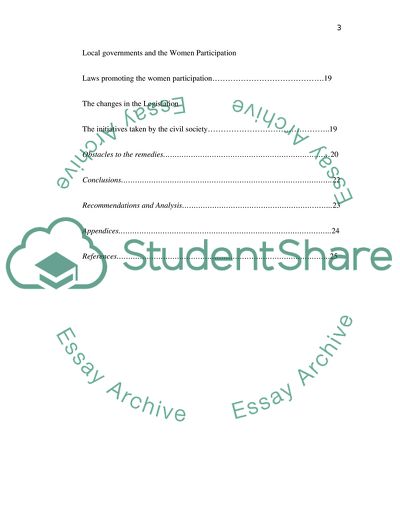Cite this document
(Role of Women in the Government Formation of India Research Paper, n.d.)
Role of Women in the Government Formation of India Research Paper. Retrieved from https://studentshare.org/politics/1552617-report-of-india
Role of Women in the Government Formation of India Research Paper. Retrieved from https://studentshare.org/politics/1552617-report-of-india
(Role of Women in the Government Formation of India Research Paper)
Role of Women in the Government Formation of India Research Paper. https://studentshare.org/politics/1552617-report-of-india.
Role of Women in the Government Formation of India Research Paper. https://studentshare.org/politics/1552617-report-of-india.
“Role of Women in the Government Formation of India Research Paper”, n.d. https://studentshare.org/politics/1552617-report-of-india.


